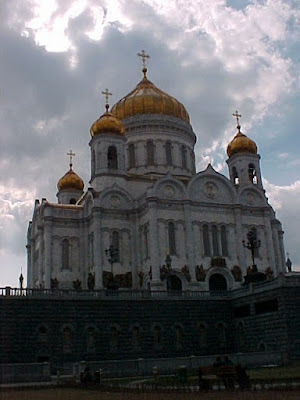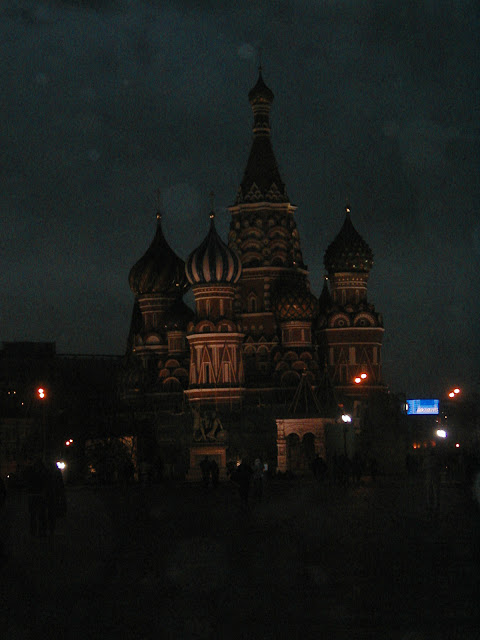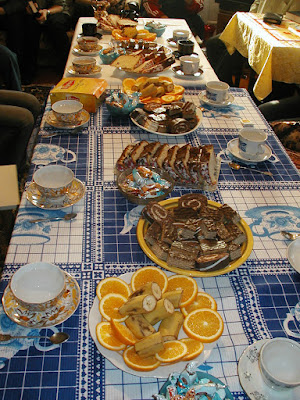Once upon a time, lists were a different thing. My mom always kept a grocery list, of course, but I am referring to a different kind of list. During my long ago childhood, which is to say, during the 1950s, I might have been asked what I wanted for Christmas. It was an adult question of the "what do you want to be when you grow up" sort. I just don't remember being asked. And a child who drew up a list 'for Santa' was a bit of a dreamer, at least in our house.
Still, one year I received an ill-fitting football uniform that I must have begged desperately for. I may have worn the uniform once or twice for the front yard tackle football games we played, my brothers and I and neighborhood boys. Another year I got cowboy boots -- we lived in Wyoming, after all, within earshot of the stadium where Josh Allen played quarterback for Wyoming Cowboys many decades later. I liked the cowboy boots and wore them, although clearly I would have wanted higher heels rather than the flat boots my parents chose.
"Wish Lists," "bucket lists," and on-line "registries" were far in the future. When I was growing up, grown-ups mostly thought in terms of "what does he need?" At least if one judges by the presents themselves -- socks, pajamas, 3-in-a-pack tidy whities, a white shirt for Sunday -- need is what pulled the Christmas gift wagon.
So, back in the day, as we say now, when I was a young man with a young family and a new career as a teacher and maybe also great literary ambitions -- at a time when I could, in fact, and sometimes did burn the candle at both ends -- I wrote a poem called "Christmas List." Like the poem in my Christmas post, this poem has one foot on the stony path of every day life; but most of the weight here is on the other foot, the one treading the larger realm of universals.
I won't assume, dear reader, that you need to have the poem explained. Nevertheless, on the other side of the poem I will point out things that might shed light on my 'list'.
Christmas List
A knife for salvation
A book for its doors
A voice or a fence for freedom
either will do
Mice for comfort
A clock for anxiety
A pen, a pen to live by
Hands to shape the air
Window casings to sing in the freshening wind
A moment, a chair
& light
Yes, a little circle of light
Odd as it may appear on first reading, this poem is special to me. It does a lot of work, one might say. As the last poem in Simple Clutter it brings a note of redemption to a book that grows dark near its end, not all that different from the dark days of December at year's end. "Light" is the last word of this last poem; "a little circle of light" is the last, and "telling," phrase. The real life bones of the book -- its skeleton, if you will -- "a book," "a voice," "a pen," "a moment," "a chair/ & light" -- are my tools; they are what a writer needs to work.
This noting of 'bones' references my own daily occupation with writing, but it is hardly a stretch to identify them as devotion as well. "A clock," which for the writer is also both time for the task at hand and a deadline, may also be one of those bones. Setting aside the "knife" and "mice' references for a broader discussion, the other, less direct elements might be understood as constraints, obstacles, limitations, and maybe inspiration, or even as process.
We are working in the margins here, I know. But let the ideas sink in for a moment; poems are inherently an argument to slow down and to pay attention. The last line, already mentioned as providing a note of redemption is more than just the light that drops from a small work lamp onto a page one is laboring over. It is more than habitual acts of devotion. One might also think of it as illumination, insight, which appears to push aside the darkness that so quickly and easily characterizes our lives.
If we follow out these ideas, as I am hoping we will, the poem as a "list" of what is hoped for constitutes a prayer for the handful of things necessary to enable the many layered life one, me in particular, may desire. These are not the cowboy boots with the low heels or the ill-fitting uniform that somehow appeared on my childhood "wish list," had I known such a thing.
Though of far less magnitude, the possibilities of the last phrase are akin to the request Solomon of God to grant him wisdom -- not inspiration, not command, not integrity, not recognition, not imagination, however much these things might follow. But insight."Wisdom," being translated, is first recognition, followed by deep understanding, then knowing what to say or to do, then as required by acting wisely.
"Yes, a little circle of light." Just imagine. That would be no small thing for God to grant us at Christmas. Or for the New Year.
Or at any time.


























































